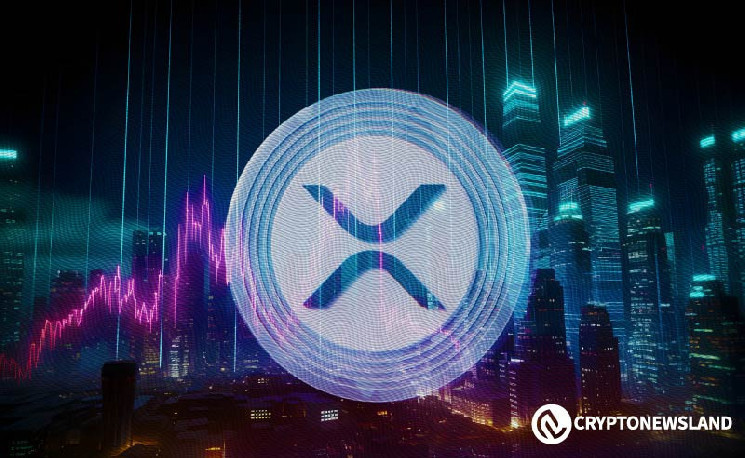- Ripple’s XRP relies on centralized UNLs, challenging its decentralization claims and raising concerns about blockchain trustlessness.
- Justin Bons critiques XRP’s reliance on Proof of Authority, highlighting the XRP foundation’s control over validator selection.
- Ripple’s pre-mined XRP distribution and lack of validator incentives fuel fairness concerns, urging a shift to transparency or true decentralization.
Ripple’s claim of decentralization has sparked heated debates, with crypto researcher Justin Bons dissecting the network’s core structure in an X thread. His detailed 25-point thread challenges Ripple’s assertions, accusing it of misleading investors about XRP’s decentralized nature. Bons highlights Ripple’s reliance on Unique Node Lists, which function under centralized oversight, undermining the principles of blockchain decentralization.
1/25) Ripple is centralized & permissioned, contrary to the claims made by its executives
— Justin Bons (@Justin_Bons) December 2, 2024
XRP is misleading investors by lying about its decentralization
The foundation has total control over the network!
Attracting retail buyers with such false claims is straight-up fraud! ⚠️
XRP and Its Centralized Consensus Design
Bons explains that XRP operates on Proof of Authority (PoA) rather than the traditional Proof of Work or Proof of Stake. The XRP foundation controls the validator list through default UNLs, which users can theoretically modify. However, Bons argues that this system is inherently centralized since an insufficient overlap with the foundation’s UNL list can isolate nodes.
Besides, Ripple’s use of hardcoded dynamic lists hosted on foundation-controlled servers gives it the ability to modify validators instantly. Consequently, this central authority can eject dissenting validators or enforce compliance. Bons underscores that all major UNLs on the XRP Ledger (XRPL) are nearly identical, reinforcing the foundation’s total control.
Economic Flaws and Criticisms of Ripple’s Approach
Unlike PoW or PoS systems, XRP lacks incentives for validators. Bons points out this absence undermines the network’s decentralization claims. Furthermore, Ripple’s 99.8% pre-mine and reliance on selling founder-held XRP raise fairness concerns. Investors buy directly from the founders, which Bons claims creates one of the most inequitable token distributions in crypto history.
Moreover, XRP’s system fails to deliver the blockchain’s trustless design. While decentralization enables permissionless participation, Ripple’s reliance on a trusted validator list contradicts this ideal. According to Bons, true decentralization requires validators to be independent and trustless, secured by crypto-economic incentives.
Potential Solutions for Ripple
Bons argues Ripple can address these flaws by adopting PoS to decentralize its validator selection process. Additionally, Ripple could acknowledge its centralized structure openly instead of promoting misleading narratives. This honesty, Bons believes, could restore investor trust and align Ripple with blockchain’s foundational values.
Bons’ critique sheds light on XRP’s centralized framework, urging Ripple to embrace meaningful changes. As decentralization remains a core tenet of blockchain, Ripple must balance innovation with transparency to ensure its network’s future credibility.
